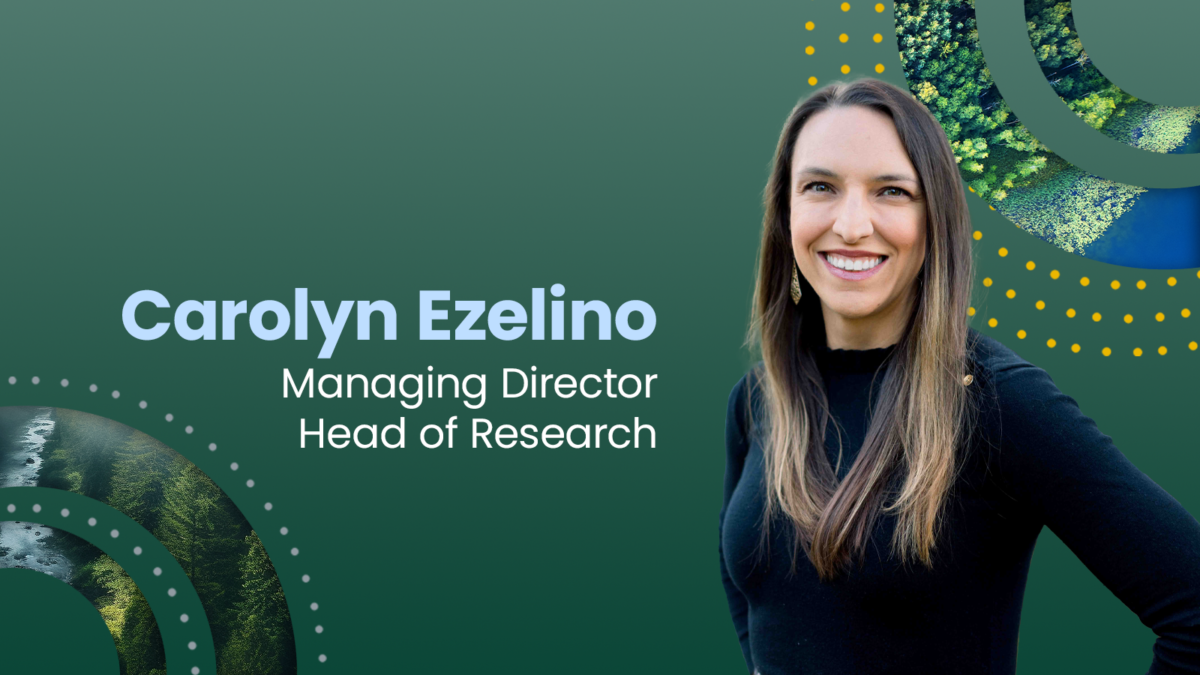PIP, By Kate Ahern
December 26, 2013
2014 will be a year we dig deeper in impact investing and measure the impact it has on our local communities. Two new studies provide insights on good financial returns from a range of impact investments.
This post is from Impact Investments Show Promising Returns SSIR Review blog:
At the Case Foundation, we believe good data on both financial and social returns is critical to scaling impact investing. So we were encouraged to see two reports released this fall that provide new insights on promising financial returns from a range of impact investments. The first provides data from the KL Felicitas Foundation that shows that returns from its impact investments generally rose and fell with the market. The second, from InSight at Pacific Community Ventures, CASE at Duke University, and ImpactAssets, provides a number of examples of funds that enable investments across a range of asset classes and with varied risk tolerance, and that provide positive social and financial returns.
Evolution of an Impact Portfolio: From Impact to Results
In October, Sonen Capital and the KL Felicitas Foundation (KLF) released data from seven years of the foundation’s impact investments. The report provides context for a great story. In 2004, founders Lisa and Charly Kleissner initiated a process to dedicate 100 percent of the assets of KLF to impact. From 2006 to 2012, the foundation increased its assets allocated to impact from 2 percent to over 92 percent, with 100 percent allocation to impact expected by the end of 2013. (Read more about the multi-year process in Lisa Kleissner’s recent SSIR post.) The Kleissners’ early work to find creative ways to invest their foundation’s assets for impact has inspired many others to do the same. And the new report comparing KLF’s impact investments to benchmarks across a range of asset classes shows good results for those who might be thinking about getting started in impact investing or increasing their impact allocations.
Over the course of seven years, performance of the investments in KLF’s Return-Based Impact Portfolio was essentially on par with benchmarks in four asset classes—cash equivalents, public equity, hedge funds, and fixed income. Overall, KLF’s investments overperformed in some asset classes some years and underperformed in other years, but generally, yearly net returns from KLF’s impact investments rose and fell with the market.
As a next step, KLF is planning to pair this evaluation of financial returns with an analysis of the social impact of the same investments. The foundation is also going to provide data on the financial and social impact of its more recent private equity investments, which was not included in this first report.
Impact Investing 2.0: Insights from 12 Outstanding Funds
The second recent report, from InSight at Pacific Community Ventures, CASE at Duke University, and ImpactAssets provides great data and analysis on how impact-investing funds can realize both financial and social returns. It also identifies best practices across high-performing funds that have enabled their success.
The team started with 350 funds identified as impact, winnowed that list to 30, and then selected 12 funds that represented a diversity of geography and objectives to study in detail. The research provides some interesting data. Of the 6 case studies released so far, returns ranged from from 2 percent to 21 percent.
For example, Accion Texas Inc., a CDFI and the largest microfinance institution in the United States (by gross loan portfolio), provided a 2 percent return from its work providing loans and technical assistance to traditionally “unbankable” borrowers. Elevar Equity’s Unitus Equity Fund, another case study, provided a 21 percent IRR, which is a strong return for a private equity fund focused on riskier, earlier stage venture investing. The data from the Duke study shows that there is a range of options available to invest in depending on risk tolerance and return expectations.
Beyond the information on financial and social returns for each of the case study, the report also provided insights into best practices. The team found four elements that enabled success across funds:
- Policy symbiosis: funds entered into impact investing deals in partnership with the public sector or with an eye toward policy implications
- Catalytic capital: funds used investment dollars to spur additional investment or to boost reputation of investees
- Multilingual leadership: fund managers had good financial discipline, but were also experts in the sectors or geographies in which they invested
- Mission first and last: funds established a clear strategy to create social impact with investee companies at the outset, but then focused primarily on financial returns over the course of the investment
Both reports come on the heels of two thought pieces from the World Economic Forum. The first, “From the Margins to the Mainstream,” assessed the potential for mainstream investors to engage in impact investing. (The second, “From Ideas to Practice, Pilots to Strategy,” is the subject of a current SSIR series.) These reports say that, for the sector to grow more quickly, mainstream asset owners will need to allocate greater percentages of their portfolios to impact.
Data from these reports might help; both provide real information on the positive financial and social returns from impact investing. They also show the possibility to make market rates of return from impact investments, and they show that a range of products are available, depending on an investor’s desired payout and risk tolerance.
We’re encouraged by the results of these two reports, but, we think there is a need for more data, and we look forward to collaborating with partners to dig deeper in 2014.
See the full story on PIP.


